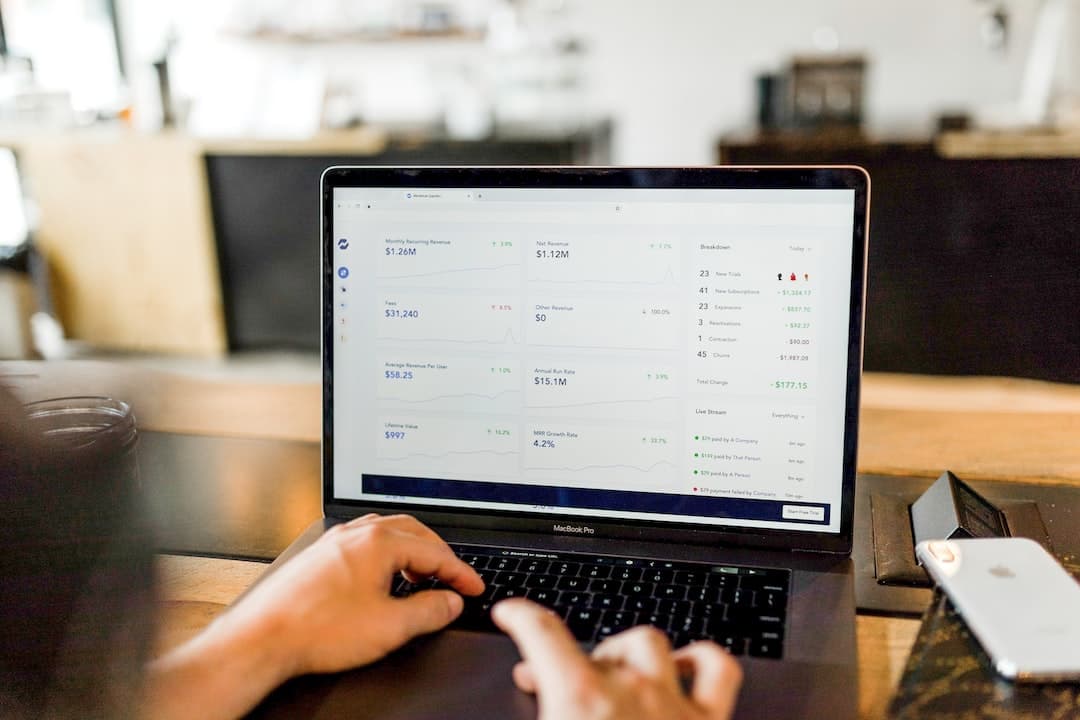
FMP
Foreign Exchange (Forex) Trading: A Comprehensive Guide
Oct 28, 2023 6:54 AM - Parth Sanghvi
Image credit: Austin Distel
Introduction
The buying and selling of currencies is known as foreign exchange (forex) trading. With a daily trading volume of more than $5 trillion, it is the world's largest and most liquid financial market. Forex trading can be a lucrative way to make money, but it is also a volatile market.
How Forex Trading Works
Forex trading is done in pairs. For example, you might buy the EUR/USD pair, which means you are buying euros and selling US dollars. The price of a currency pair is determined by supply and demand. If there is more demand for a currency than supply, the price of the currency will go up. If there is more supply of a currency than demand, the price of the currency will go down.
The Benefits of Forex Trading
There are a number of benefits to forex trading, including:
- High liquidity: Forex is the most liquid financial market in the world, so you can easily buy and sell currencies.
-
24/5 trading: Forex is traded 24 hours a day, 5 days a week. This means that you can trade whenever you want, regardless of your time zone.
-
Leverage: Forex brokers offer leverage, which means that you can trade positions larger than your account balance. This can amplify your profits, but it can also amplify your losses.
The Risks of Forex Trading
Forex trading is a risky market, and there is always the potential to lose money. The following are some of the risks involved in forex trading:
- Currency fluctuations: The value of currencies can fluctuate rapidly, which can lead to losses if you are not careful.
- Leverage: Leverage can amplify your profits, but it can also amplify your losses. If the market moves against you, you can lose more money than you have in your account.
- Broker risk: It is important to choose a reputable forex broker. There are some fraudulent brokers out there who may try to scam you.
How to Get Started with Forex Trading
If you are interested in getting started with forex trading, there are a few things you need to do:
- Choose a forex broker: When choosing a forex broker, be sure to compare their fees and trading conditions. You should also make sure that the broker is regulated by a reputable financial authority.
- Open a forex trading account: Once you have chosen a forex broker, you need to open a trading account. This is usually a straightforward process that can be done online.
- Fund your trading account: You need to fund your trading account before you can start trading. You can do this using a variety of methods, such as bank wire transfer, credit card, or debit card.
- Learn about forex trading: Before you start trading, it is important to learn about forex trading and the risks involved. You can find a wealth of information about forex trading online and in books.
- Start trading: Once you have learned about forex trading and the risks involved, you can start trading. Be sure to start small and gradually increase your trading volume as you gain experience.
Data Figures
Here are some data figures related to forex trading:
- The average daily trading volume of the forex market is over $5 trillion.
- The most traded currency pair is the EUR/USD pair, followed by the USD/JPY pair and the GBP/USD pair.
- The forex market is made up of a variety of participants, including institutional investors, retail investors, and central banks.
- The forex market is a global market, so it is not affected by any one country's economy.
Conclusion
Forex trading can be a profitable way to make money, but it is also a risky market. It is important to learn about forex trading and the risks involved before you start trading. Be sure to start small and gradually increase your trading volume as you gain experience.
Other Blogs
Sep 11, 2023 1:38 PM - Rajnish Katharotiya
P/E Ratios Using Normalized Earnings
Price to Earnings is one of the key metrics use to value companies using multiples. The P/E ratio and other multiples are relative valuation metrics and they cannot be looked at in isolation. One of the problems with the P/E metric is the fact that if we are in the peak of a business cycle, earni...
Sep 11, 2023 1:49 PM - Rajnish Katharotiya
What is Price To Earnings Ratio and How to Calculate it using Python
Price-to-Earnings ratio is a relative valuation tool. It is used by investors to find great companies at low prices. In this post, we will build a Python script to calculate Price Earnings Ratio for comparable companies. Photo by Skitterphoto on Pexels Price Earnings Ratio and Comparable Compa...
Oct 17, 2023 3:09 PM - Davit Kirakosyan
VMware Stock Drops 12% as China May Hold Up the Broadcom Acquisition
Shares of VMware (NYSE:VMW) witnessed a sharp drop of 12% intra-day today due to rising concerns about China's review of the company's significant sale deal to Broadcom. Consequently, Broadcom's shares also saw a dip of around 4%. Even though there aren’t any apparent problems with the proposed solu...
